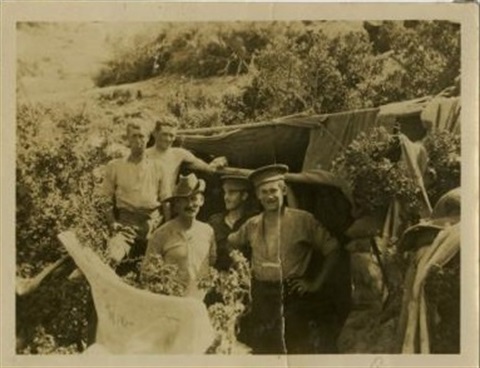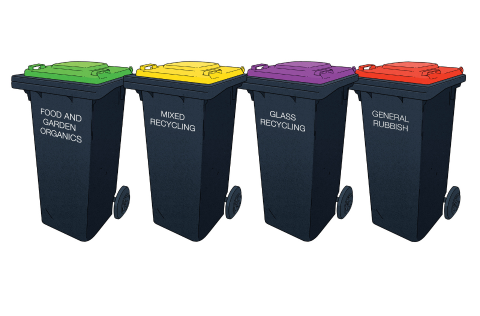The City had 120,268 trees in 2015. Our tree population now numbers 151,973.
This has been driven by intensive tree planting programs and support from the community through initiatives such as National Tree Planting Day.
The Urban Forest Strategy expands on the concept of City in a Park, which is focused on Geelong’s CBD, to enhance the public and private tree population in all of the suburbs and townships across Greater Geelong.
This is also a key initiative of Council’s Climate Change Adaption Strategy.
The following comments can be attributed to Greater Geelong Mayor Stephanie Asher:
Can the Council talk about the benefits of trees?
Greater Geelong’s trees are a valuable, vibrant part of the region, providing a vast array of environmental, social and economic benefits to the local community. The urban forest sequesters and stores carbon, enhances our local biodiversity, reduces stormwater run-off into rivers and the bay, absorbs air pollution and shades the city and its hard surfaces during hot summers.
They are also a key influence in the character and heritage of our neighbourhoods; from the lemon scented gums along Brougham Street, the Norfolk Island Pines lining the Waterfront, to the Sugar Gums in Lara and the distinctive Moonah trees and Yellow Gums across the Bellarine.
What is being done to “green up” suburbs like Wandana Heights, North Shore, industrial areas and Indented Heads?
Through the Urban Forest Strategy, we have an ambitious target of improving Greater Geelong’s tree canopy cover from 14 per cent to 25 per cent over a 30-year period. Areas with low canopy cover, such as Wandana Heights, have benefited from a targeted tree planting program in recent years. The canopy coverage in those areas will improve as the small juvenile trees grow. We planted a total of 1854 street and park trees in 2018-19.








